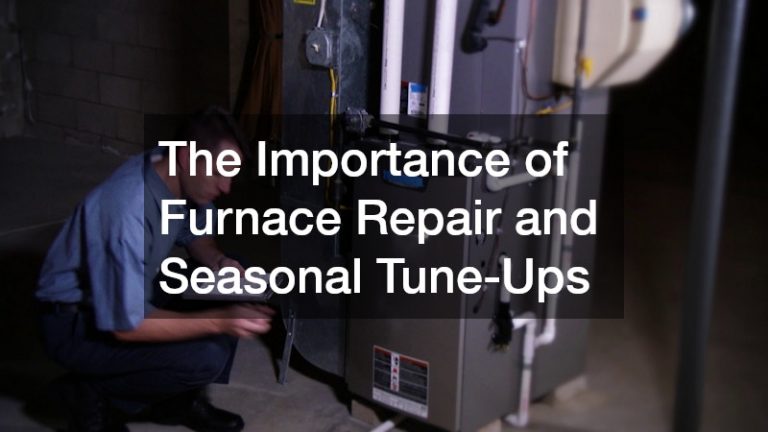

As a crucial component of your home’s wastewater management system, understanding your cesspool is essential for properly maintaining and preventing potential issues.
Also known as a septic tank, the cesspool is a watertight underground container designed to collect and temporarily store sewage and wastewater from your home. It allows solid waste to settle at the bottom while allowing liquid effluent to flow into the surrounding soil through perforated pipes.
To prevent overflow and maintain optimal functioning, these tanks require regular pumping and maintenance. The pumping frequency depends on household size, water usage, and container capacity.
To remove accumulated solids and prevent blockages, it’s recommended to have the container pumped every three to five years.
Improperly maintained septic tanks can pose environmental risks by contaminating groundwater and nearby water bodies with harmful bacteria, pathogens, and pollutants. To minimize environmental impact, adhere to proper maintenance practices and avoid disposing of hazardous materials or chemicals down drains.
Understanding the signs of septic tank problems can help homeowners identify issues early and prevent costly repairs. Common signs include slow drains, foul odors, sewage backups, lush grass or vegetation around the container, and pooling water in the yard.
Regular inspections by qualified professionals are essential for detecting potential issues and ensuring the proper functioning of your septic tank. Professionals can assess the condition of the container, inspect for leaks or damage, and recommend necessary repairs or maintenance measures to keep the system operating efficiently.
.



